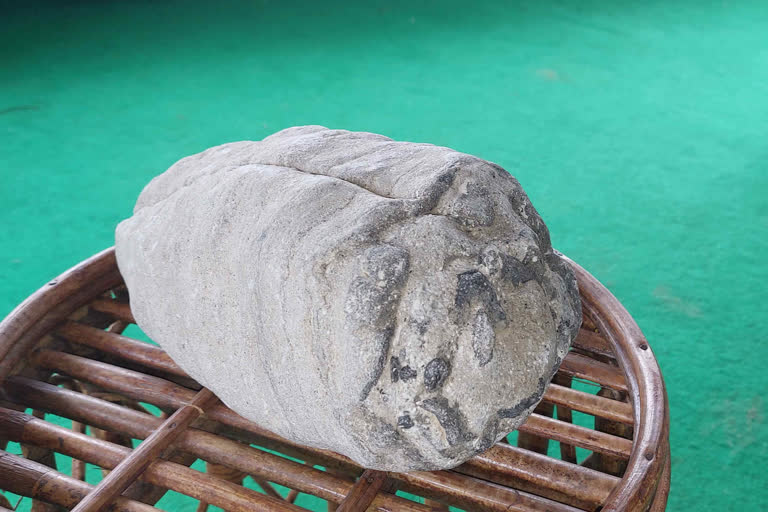Saharanpur: In what appears to be a significant scientific discovery, fossilized remains of a multicellular organism, were recently found in the Sahansara river basin near the foothills of the Shivalik hills in the northern district of Saharanpur in Uttar Pradesh, which borders Uttarakhand.
The organism was identified as Hydenoseras, a glass sponge species existing between Late Devonian and Carboniferous ages, explained Dr. Umar Saif, Director of Natural History Research and Conservation Centre, Shivalik, and Scientific in-charge of the Centre for Water Peace.
"This area (Shivalik) was originally part of the Tethys Ocean. A mass extinction event took place between 38 crore and 30 crore years ago due to the decrease in ocean temperature. This led to the demise of about half of the-then existing marine species.
Also read: Fossil reveals Pterosaur relatives before they evolved wings: Study
The fossils emerged during the tectonic plate movement when the Shivalik hills were formed. Related species (of the sponge) can still be found in deep-sea environments. I believe this is a beginning and would like to invite students as well as geologists from around the country to partake in these explorations," Dr. Saif also said. He further observed that the discoveries had taken place largely due to the attempted rejuvenation of the Sahansara river basin.
Highlighting other finds at the site, Saif said fossilized teeth of Stegosaurus, a predecessor of the current-day elephant, had also been unearthed at the site. The dentures were from about 50 lakh years back and evidence indicated the Late Jurassic species was spotted frequently in the mountainous area, the researcher said.



